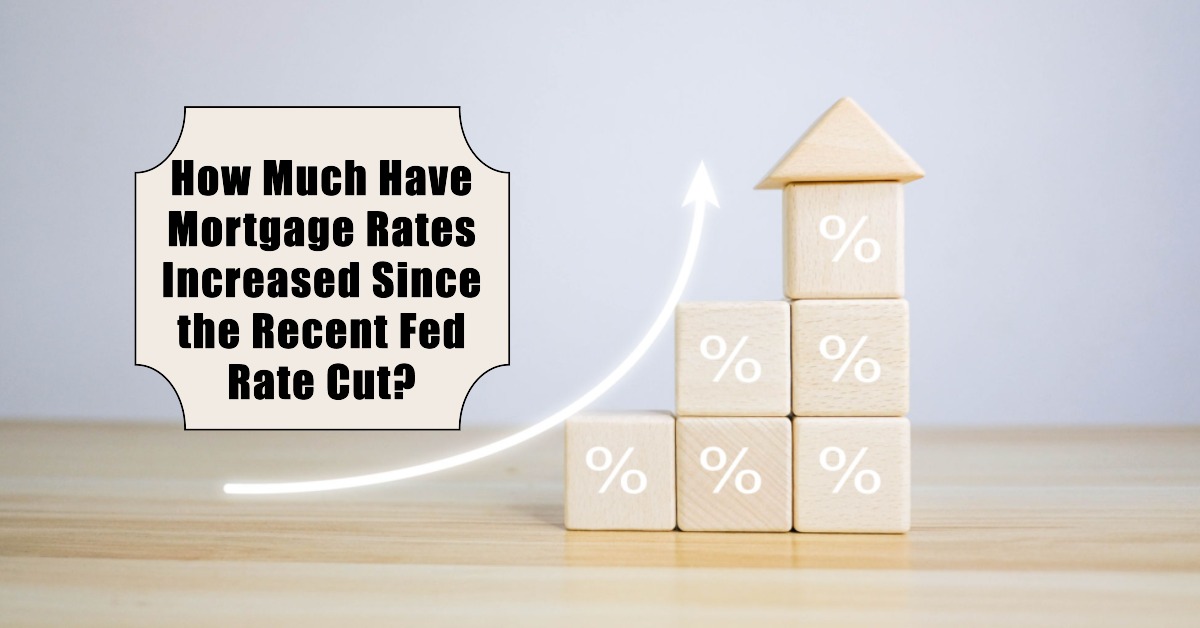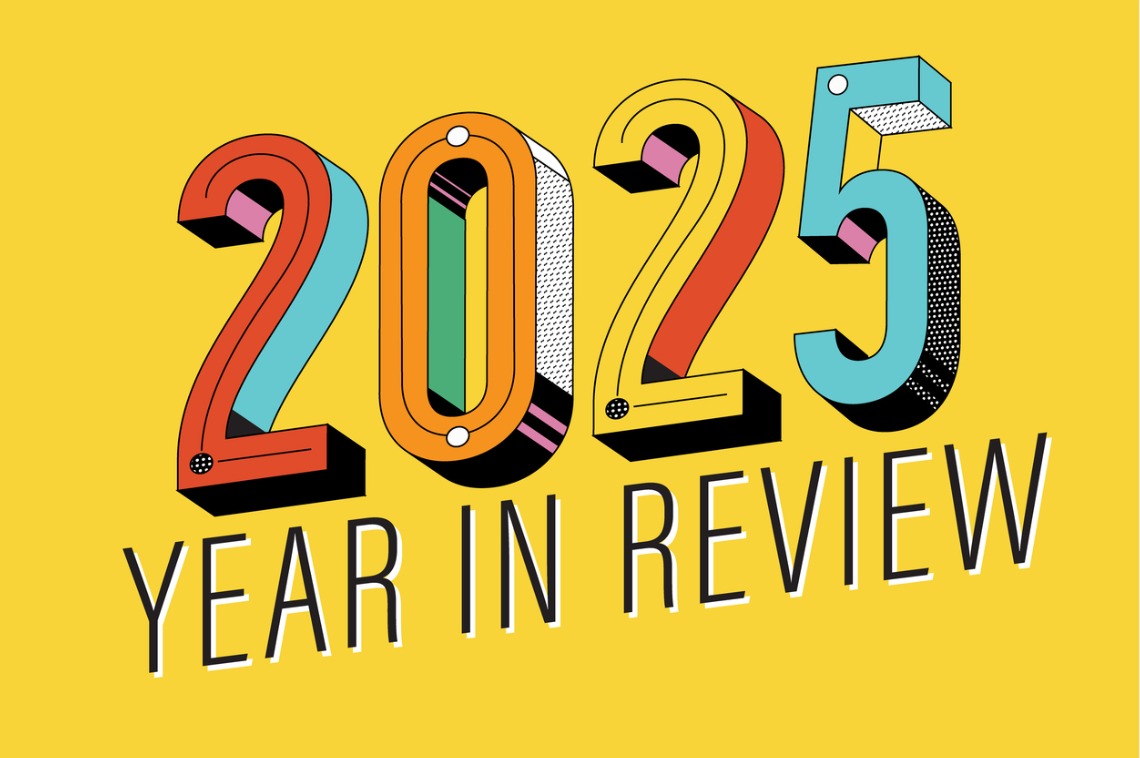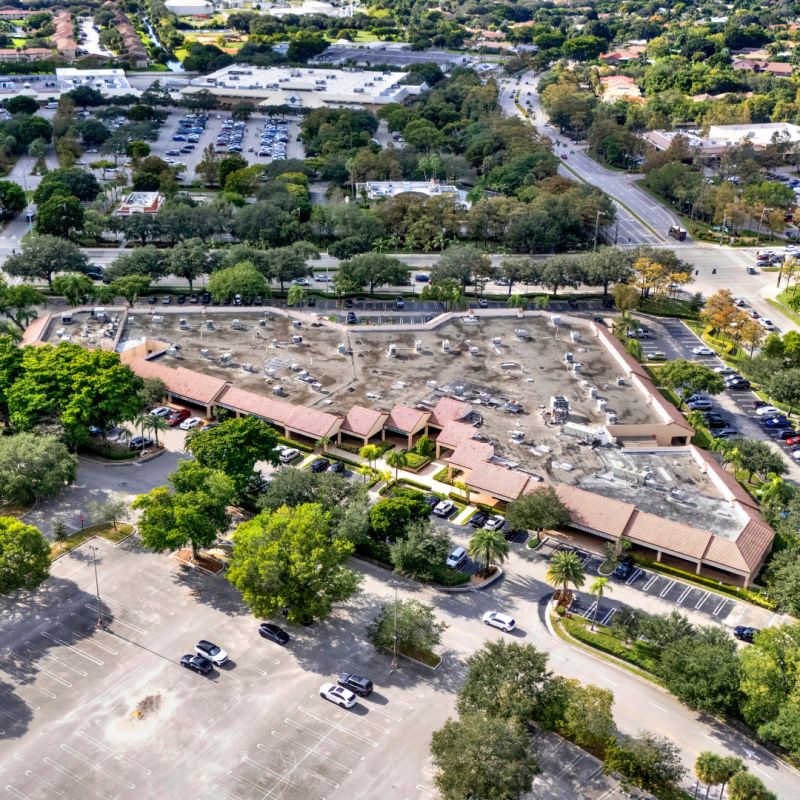T
he Federal Reserve’s September 17, 2025 cut lowered the federal‑funds range to 4.00‑4.25 %. Conventional wisdom says that should make borrowing cheaper, yet the 30‑year fixed mortgage slipped from 6.26 % the day after the announcement to about 6.30 % a week later, and some daily averages climbed to 6.37 %. The rise is modest but enough to spark debate about affordability.
Why did rates climb after a cut? Markets had already priced in the move. From May to September, the 30‑year rate fell from roughly 6.89 % to 6.26 % as investors anticipated lower policy rates. When the Fed finally announced the cut, the “buy the rumor, sell the news” dynamic kicked in: investors who had been buying bonds to profit from falling rates sold them, pushing yields up. The 10‑year Treasury yield, the main benchmark for mortgage rates, rose from just below 4 % to about 4.15 % after the cut, reflecting concerns that inflation might be easing more slowly than expected.
The Fed’s influence is indirect. Its policy changes affect short‑term borrowing costs and signal its outlook on inflation and employment, but long‑term mortgage rates are driven by the bond market. A higher 10‑year yield means higher mortgage rates, while a lower yield does the opposite. The September cut was intended to support a cooling labor market without reigniting inflation, but the market’s forward‑looking nature meant that the rate change was largely anticipated before it occurred.
Key data from Freddie Mac’s Primary Mortgage Market Survey show the shift:
| Date | 30‑Year Fixed Rate |
|------|--------------------|
| Sep 18 | 6.26 % (post‑cut) |
| Sep 25 | 6.30 % |
| Sep 30 | 6.37 % (daily average) |
Other mortgage types followed the same pattern: 15‑year fixed rates rose from about 5.66 % to 5.70 %, 5/1 ARM rates from 5.80 % to 5.82 %, and FHA 30‑year fixed from 6.10 % to 6.13 %.
For a borrower, the difference matters. A $300,000 loan at 6.26 % costs about $1,735 per month; at 6.30 % it rises to $1,750—$15 more each month, or roughly $5,400 over 30 years. Even though rates have edged up, they remain well below the 7‑plus levels seen earlier in the year, keeping borrowing cheaper than in the past few months.
Looking ahead, the Fed’s next meeting on Oct 28‑29 could bring another 0.25‑point cut, potentially stabilizing rates in the 6.25‑6.50 % range. Future moves will hinge on inflation data, employment trends, and the 10‑year Treasury yield. If inflation cools and jobs weaken, further cuts could lower mortgage rates again. Conversely, rising yields or persistent housing supply shortages could keep rates near or above 6 %. Most forecasts suggest the federal‑funds rate will finish 2025 around 3.50‑3.75 %, but mortgage rates may stay above 6 % into 2026.
In short, the September cut did not reverse the upward trend in mortgage rates because markets had already adjusted expectations, bond yields reacted to inflation signals, and the Fed’s guidance remained cautious. For buyers and refinancers, staying informed and locking in a rate when it feels right is still the best strategy, even as rates fluctuate within a narrow band.
**Invest in stability with Norada’s turnkey rental properties—build cash flow and protect wealth from borrowing cost swings. Call (800) 611‑3060 today.**














